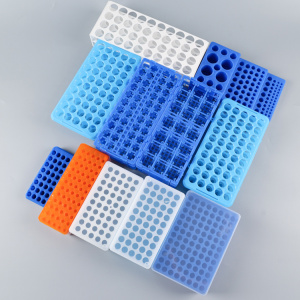How to choose culture vessel for adherent cell culture?
Plastic culture flasks, culture plates, culture dish... do you know how to choose?

Here are some common culture utensils and their characteristics for your reference.
Multi-well plates, suitable for repeated experiments with multiple micro-cells, have lids, which need to be sealed with parafilm to reduce evaporation.
For monolayer cultures, there is a positive correlation between cell yield and effective surface area, and other influences are factors such as nutrient concentration and oxygen content. Therefore, the micro cells cultured in multi-well plates are not suitable for daily use and need to be converted to culture flasks and petri dishes.
Culture flask, consisting of a flat surface, a shallow sloping shoulder, a liner and a deep screw cap. Flat surfaces allow cells to grow adherently, sloping shoulders help collect digested cells, and deep screw caps and liners improve flask sealing.
The model is T25, which means that the bottom area of this culture bottle is 25cm2, and the recommended amount of medium to be added is 5mL. If it is T75, it means that the bottom area of the culture flask is 75cm2, the recommended amount of medium is 15-30mL, and the cell volume of 2×10 to the 7th power can be obtained.
The petri dish is named after the diameter, such as 3.5cm, that is, the diameter of the petri dish is 3.5cm. Compared with the culture bottle, the petri dish can directly open the lid, which is convenient to operate, but it is also relatively easy to contaminate, and is more suitable for cloning experiments and cytological detection experiments.
If you need a larger amount of cells, such as 1x10 HeLa cells, you can use a special multi-layer cell culture dish.
——



